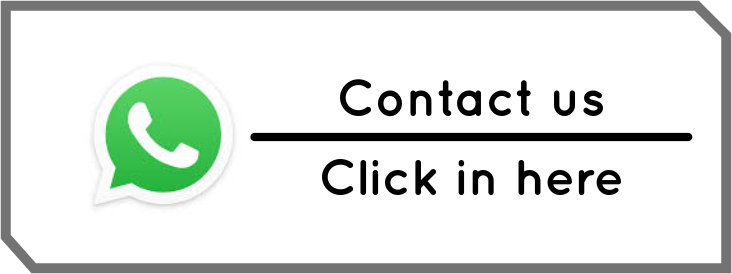Penggunaan Teknologi dalam Pembelajaran Seni Gerak dan Tari Anak Usia 5-6 Tahun di RA Bunayya 2
DOI:
https://doi.org/10.61132/paud.v2i3.464Keywords:
Dance Learning, Digital Technology, Early Childhood, Teaching StrategiesAbstract
The rapid development of digital technology has brought significant changes to the field of education, including movement and dance learning for early childhood. In the context of Early Childhood Education (ECE), technology integration has been proven to enhance engagement, creativity, and cognitive development in children aged 5-6 years. This study aims to examine the extent of technology use in dance learning at RA Bunayya 2. Using a descriptive qualitative approach, data were collected through observations and interviews with educators. The research findings indicate that technological tools such as projectors and digital screens enhance children's focus, participation, and creativity in dance activities. Additionally, various supporting technologies, including mobile phones, cameras, microphones, and projectors, are utilized to enrich the learning experience, making the educational process more interactive and engaging. However, challenges such as unstable internet connections and varying levels of concentration among children require careful implementation. This study highlights the importance of balancing technology use in ECE, ensuring that digital tools serve as a support rather than replacing conventional pedagogical approaches.
References
American Academy of Pediatrics. (2016). Media and young minds. Pediatrics, 138(5), e20162591.
Blackwell, C. K., Lauricella, A. R., & Wartella, E. (2014). Factors influencing digital technology use in early childhood education. Computers & Education, 77, 82–90.
Chaudron, S., Di Gioia, R., Gemo, M., & Joint Research Centre. (2018). Young children (0–8) and digital technology: A qualitative study across Europe. Joint Research Centre (JRC) Reports.
Flewitt, R., Messer, D., & Kucirkova, N. (2015). New directions for early literacy in a digital age: The iPad. Journal of Early Childhood Literacy, 15(3), 289–310.
Marsh, J., Hannon, P., Lewis, M., & Ritchie, L. (2015). The digital literacy skills and competences of children of preschool age. Media Education Research Journal, 6(2), 31–45.
Nafsiyah, M. P. (2021, Juni). Penerapan metode kisah islami dalam menanamkan nilai akhlak pada anak didik di SDN 352 Tobemba. Jurnal Pilar: Jurnal Kajian Islam Kontemporer, 50, 50–63.
Nuryati, H. Z. (2021). Pendidikan seni tari untuk anak usia dini. Serang: Media Edukasi Indonesia.
Rijali, A. (2018, Juni). Analisis data kualitatif. Jurnal Alhadharah, 17, 81–98. https://doi.org/10.18592/alhadharah.v17i33.2374
Verenikina, I., & Kervin, L. (2019). Digital play: Overcoming challenges in early childhood education. Early Childhood Education Journal, 47(5), 591–600.
Waruwu, M. (2023, April). Pendekatan penelitian pendidikan: Metode penelitian kualitatif, metode penelitian kuantitatif dan metode penelitian kombinasi (mixed method). Jurnal Pendidikan Tambusai, 7, 2896–2910. https://doi.org/10.31004/jptam.v7i1.6187
Downloads
Published
How to Cite
Issue
Section
License
Copyright (c) 2025 Jurnal Pendidikan Anak Usia Dini dan Kewarganegaraan

This work is licensed under a Creative Commons Attribution-ShareAlike 4.0 International License.









